During the collection of the objects for the “Forgotten Sopronians” exhibition, in 2015 Tamás Taschner was the first one to show a pair of candlesticks, that originated from the train itself.
He used to teach in the Brennberg elementary school in the mid-1990s, where the students brought in a lot of items from World War II.
The candlesticks mentioned above, were sent in by a grandmother by her grandchild, with the information that it was from the train.
On August 4, 2017 an Austrian couple came to visit the Forgotten Sopronians Exhibition. I was there at the time so we met. The exhibition had a great impact on them and they also bought the books of the Forgotten Sopronians.
Dr. Zeltner Ernő, born in Brennberger, promised the exhibition a watch, that his father exchanged for bacon with a Jewish man on labor service in 1945 in Balf.
The watch arrived a few weeks later accompanied by a letter. Dr. Zeltner Ernő wrote down some of his experiences regarding World War II, as well as the history of the clock exchange.
Furthermore, he promised the exhibition a table mirror with a silver frame, which also came from the Jewish gold train. In his other letters he told the story of a box from the gold train in almost great detail.
So I thought about digging deeper into the subject, because – when I pick up the item – I would also like to ask further questions about the gold train. This is how the research into the Brennberg events of the Jewish gold train began.
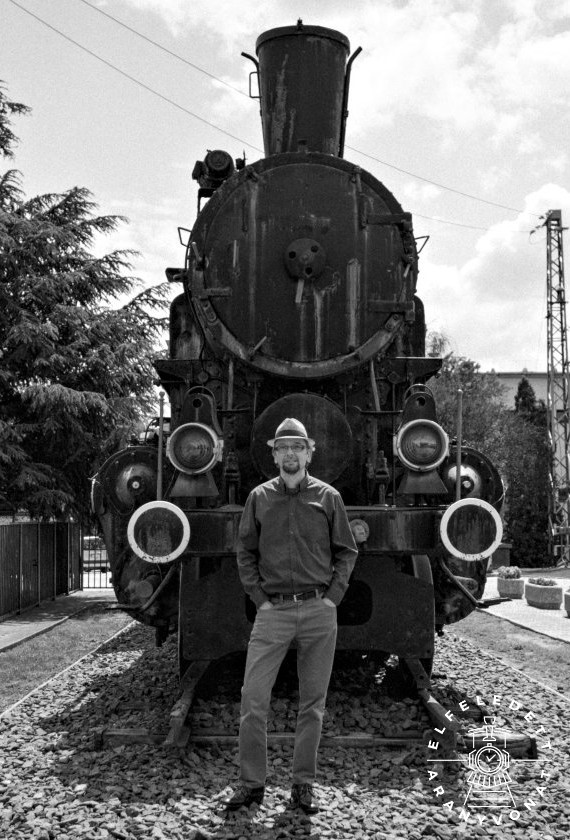
The "gold train", which was well guarded in Brennberg for a few weeks, consisted of 8-10 or 12 wagons... Most of the "cargo" consisted of stolen Jewish property, which was confirmed several times by the contents of the boxes (Jewish ceremony objects, exclusive utensils, precious porcelain, lead crystal, silver cutlery, antiques, Persian carpets, etc.). I tell this as a "plundering - useless" witness. I was 10 years old at the time, and I was there when the gold train left Brennberg at a rapid pace, leaving 3, 4 or maybe 5 wagons for the residents. I've also got a big box, I'll tell you how that happened at another time when we’ll have the opportunity. (Letter from Dr. Zeltner Ernő to Dr. Tárkányi Sándor, January 13, 2018.) dr. Zeltner Ernő eyewitness
In the last days of World War II, the Germans and the members of the Hungarian party “Nyilasok” worked closely together to load the equipment of the Hungarian companies and factories, the art treasures and the fortune of the Hungarian National Bank, and of the exploited and deported Jews on different vehicles.
The aim was to prevent the Soviets to get their hands on these things
In the winter of 1944 and the spring of 1945 five rescue trains departed to the west, namely the following (according to the volume published in 2019 by Dunai Andrea “Fate of Fortunes – On the Trail of Valuables Taken from Hungary in 1944/45”):
1. Turan, was the separate train for Horthy Miklós. The delivery included the objects for everyday use, ornaments found in the castle, and part of Horthy’s private fortune.
2. The train of the Hungarian National Bank (MNB Gold train) transported the bank’s gold stocks, money printing machines, currency – banknotes, securities, 65 boxes with items from the National Museum and 61 boxes from the Széchenyi National Library, and all valuable items from other museums in Budapest.
This train stayed for a while close to the train station in Fertőboz, on the edge of an acacia forest.
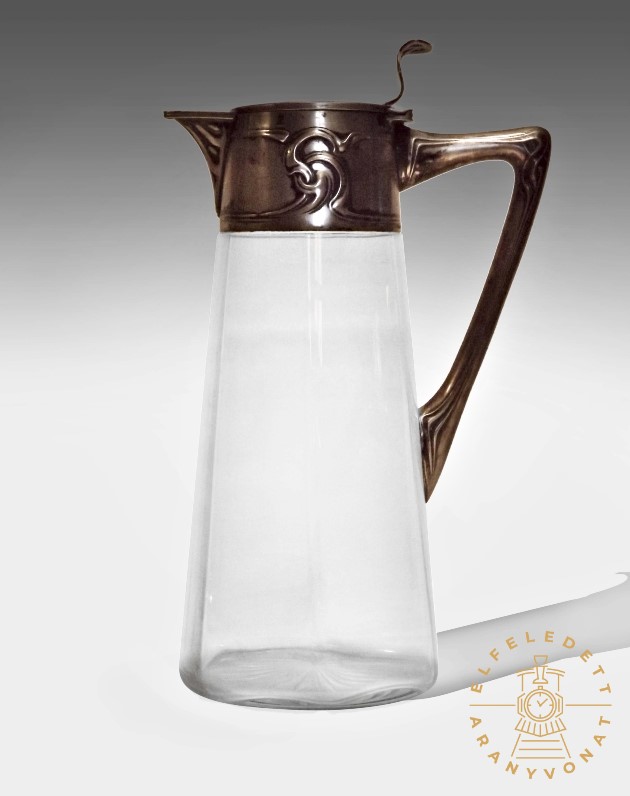
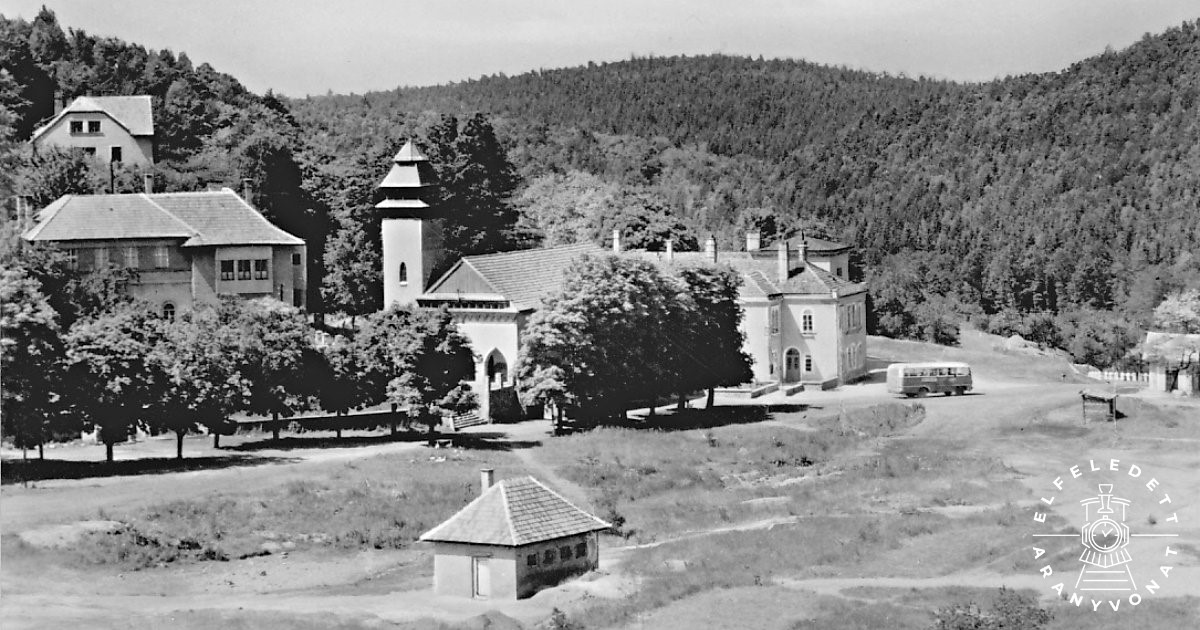
3. The art treasure train contained paintings, jams and book curiosities collected in the summer of 1944, that were in Jewish possession. The delivery was first transported to the monastery in Pannonhalma, then to the Cistercian monastery in Szentgotthárd.
The art treasure train, which contained more than 4 thousand works of art, continued its way west in March 1945.
4. The Blaibach train had the belongings of the Ministry’s employees, a lot of food, and 250 administrative officials and their family members traveling on it.
In addition to the train, a post car was connected to it in Sopron, in which 64 boxes contained the parliamentary archives, the full series of the National Assembly minutes, office accessories and carpets.
5. The “Jewish gold train” saved the assets confiscated from the Hungarian Jews to the west from the Soviets.
The collected treasures were first sorted in Óbányapuszta next to Zirc, then the valuables were transported on the command of the government commissioner Dr. Toldy Árpád to Brennberg in several rounds from mid-December 1944.
The exciting story is presented on the website elfeledettaranyvonat.hu, supported by numerous archive sources and the memories of many (more than 70 years deeply silent) Brennberg eyewitnesses.
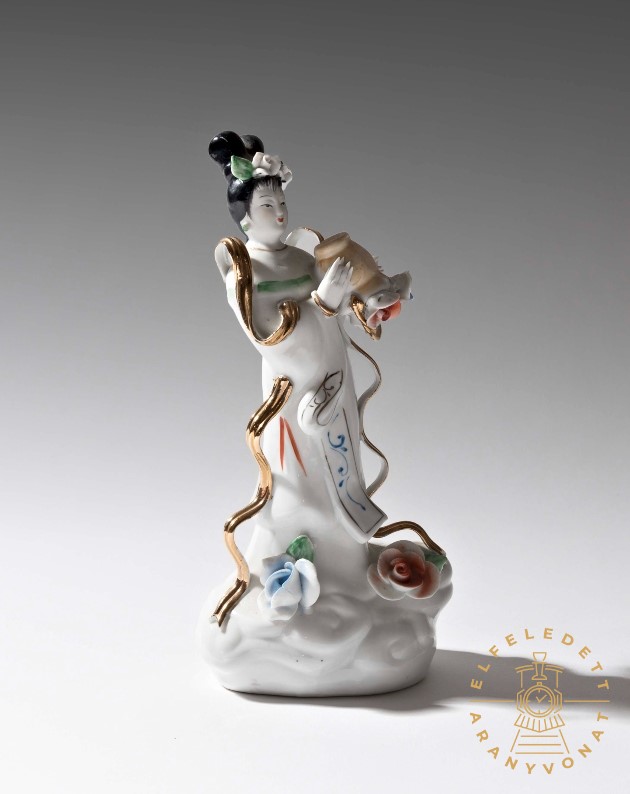
The valuable gold parts were sorted into boxes separately. There was also gold that was so valuable that they brought it down to the mine in the Barbara Pit. The crown was not in this game, it was on a different train. There were other items inside, such as cameras, useful objects that were used in the household, clocks... (Interview with Dorwekinger József, October 26, 2018) Dorwekinger József eyewitness
Brennberg lies on the western border of Hungary, where the waves of the Eastern Alps flatten and form Hungary’s most charming subalpine mountain landscape.
The mine is located in a 3-part valley on the border of the free royal cultural city of Sopron, surrounded by the 522 m high Muck and 557 m high high bar.
The old workers ‘colony of Oldbrennberg in the Schmid – Graben, in Rahmer – Graben there are company buildings, the Barbara – Shaft and the late workers’ colonies; In Hermes – Graben there is a smaller workers’ colony with the New-Hermes – Graben.
The fourth built-in valley is located south from the coincident ridge with the Trianon border, in the Ritzing area in Austria, where the Helene – shaft is also located.
Brennberg is connected to Sopron by a 10.5 km long country road, the uphill of it is 190 m; to Ágfalva (Agendorf) the road is a 7.9 km long normal track line, which climbs 150m towards the mine.
The settlement itself is more of a mountain community or is similar to a bathing settlement, because its houses are scattered, and surrounded by orchards; the valleys lie between hills covered with deciduous and fir forests, beautiful green meadows spread out on the edge of the streams.
(Section from the volume “History of Brennberg 1759 – 1933” by the mining engineer Reményi Viktor in the edition of Urikány – Zsilvölgyi Magyar Kőszénbánya Rt.)
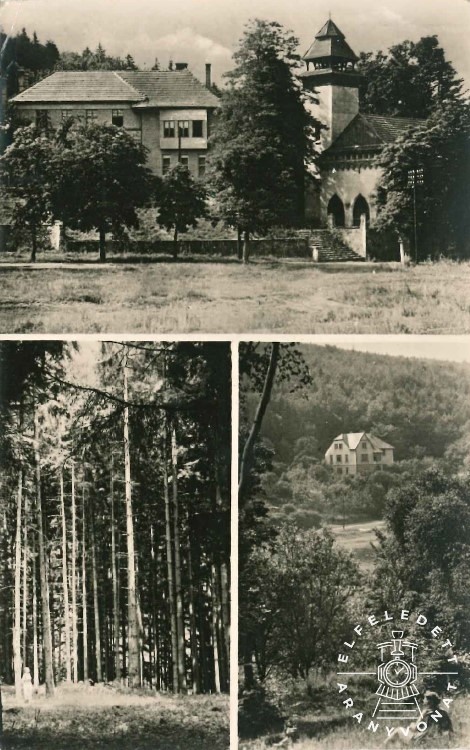
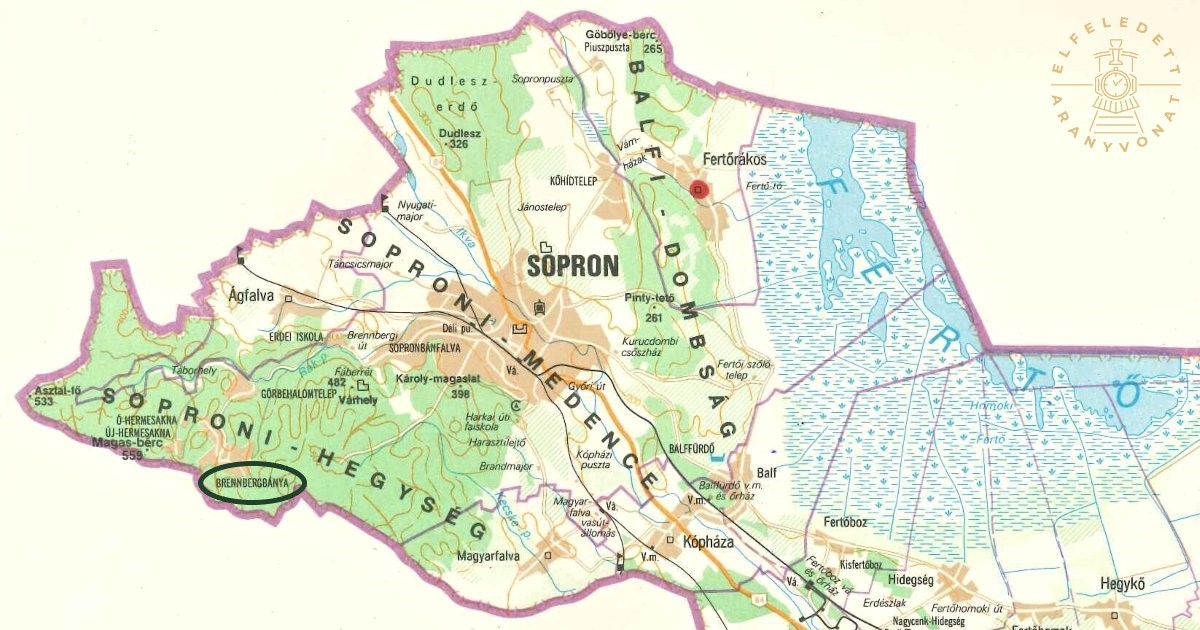
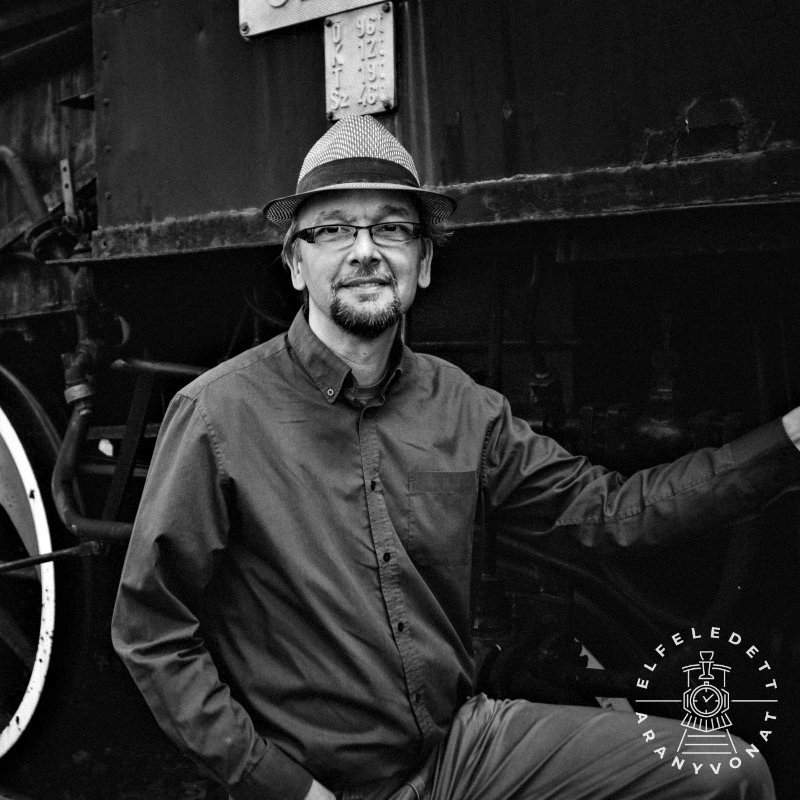
Do you also have an item from the train, or do you have a story or a memory about the gold train? Write a message!
0% spam, 100% history
2020 © All rights reserved!| Privacy Notice | Made by TARSA.
Get first-hand information on the latest information! Request the newsletter!